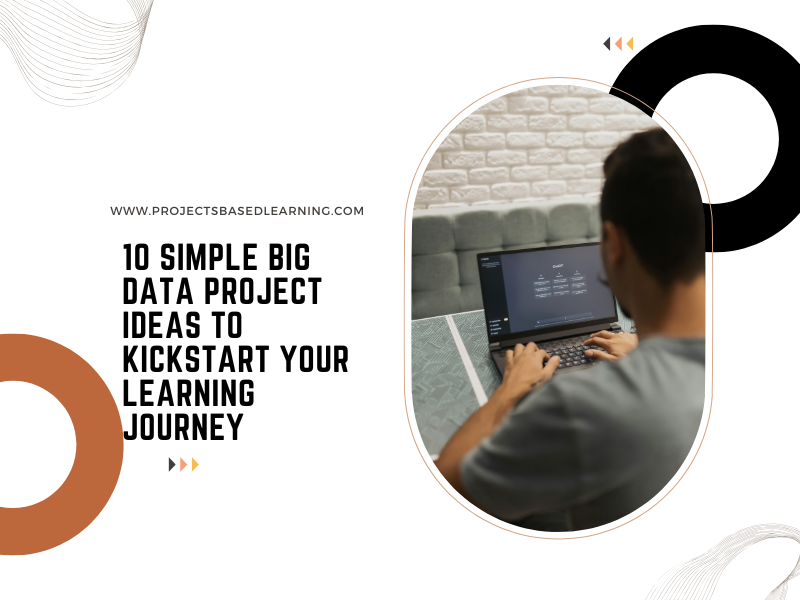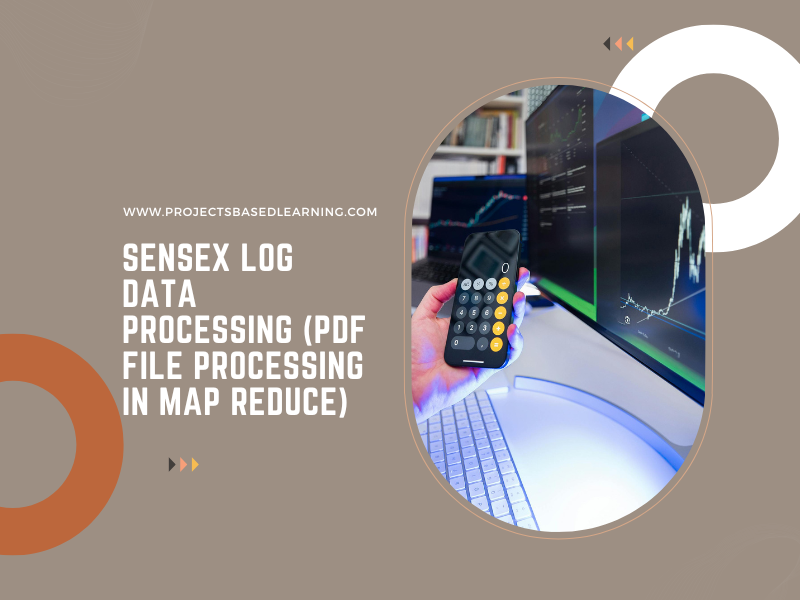Getting started with Big Data might seem overwhelming at first. Tools like Hadoop, Spark, Kafka, and Hive can feel intimidating if you’ve never worked with massive datasets or distributed computing. But here’s the good news—you don’t need to be a data scientist or engineer to start learning.
By working on simple, focused projects, you can build confidence, understand the core technologies, and prepare yourself for more advanced Big Data applications.
In this blog, we’ll share 10 beginner-friendly Big Data project ideas that are practical, industry-relevant, and great for building your portfolio.
🚀 Why Start with Projects in Big Data?
Big Data isn’t just about large datasets—it’s about handling them efficiently, scalably, and insightfully. Projects allow you to:
Practice with real-world data
Understand distributed processing
Learn to use cloud and open-source tools
Build a portfolio employers care about
💡 10 Simple Big Data Project Ideas (Beginner-Friendly)
1. Word Count Using Hadoop MapReduce
Tools: Hadoop, Java or Python
Learn the basics of distributed processing by implementing a simple MapReduce job to count word frequencies in a text file. This classic “Hello World” of Big Data teaches you how Hadoop processes data across clusters.
2. Movie Recommendation System with Apache Spark
Tools: Apache Spark (PySpark), MLlib, MovieLens Dataset
Use collaborative filtering or content-based filtering to build a basic recommender engine. This project is a great intro to Spark’s machine learning library and RDD/DataFrame APIs.
3. Analyze Twitter Data Using Apache Kafka and Spark Streaming
Tools: Apache Kafka, Apache Spark Structured Streaming, Twitter API
Set up a simple pipeline that captures real-time tweets, processes them using Spark, and stores them in a data lake or NoSQL database. You’ll learn stream processing basics in a real-time data context.
4. Data Cleaning and Transformation with Apache NiFi
Tools: Apache NiFi, CSV/JSON data
Use NiFi to automate the ingestion, transformation, and routing of data from source to destination. Great for learning flow-based programming and ETL in a drag-and-drop interface.
5. Log Analysis with ELK Stack (Elasticsearch, Logstash, Kibana)
Tools: ELK Stack
Ingest web server logs or application logs using Logstash, store them in Elasticsearch, and create insightful dashboards with Kibana. This project is perfect for beginners in Big Data monitoring and DevOps.
6. Retail Sales Analysis Using Hive and HDFS
Tools: Apache Hive, Hadoop HDFS
Upload a CSV dataset of retail sales to HDFS, and run SQL-like queries using Hive to analyze sales by region, product, or time. Learn how structured query engines work in a distributed ecosystem.
7. Covid-19 Data Pipeline Using Airflow and Spark
Tools: Apache Airflow, Apache Spark, APIs
Schedule a daily ETL job using Airflow that fetches COVID-19 data from an API, processes it using Spark, and saves the cleaned data in Parquet or Hive. A great way to understand data orchestration.
8. Build a Data Lake on AWS S3 with Glue and Athena
Tools: AWS S3, AWS Glue, Athena
Create a serverless data lake by storing raw and processed data in S3, cataloging it with AWS Glue, and querying it using Athena. This introduces you to cloud-native Big Data tools.
9. Social Media Sentiment Analysis Using Spark and TextBlob
Tools: PySpark, TextBlob or Spark NLP
Extract tweets or reviews, clean the text, and perform sentiment analysis using Python libraries within a Spark job. Learn how to scale NLP tasks across large datasets.
10. Dashboard with Apache Superset and Big Data Backend
Tools: Apache Superset, Hive/Presto/Trino
Connect Superset to a distributed SQL engine and build interactive dashboards that visualize KPIs like sales, churn, or user engagement. This bridges the gap between Big Data and data storytelling.
🧠 Tips for Big Data Beginners
Start small: Use local setups or small datasets before going to full-scale clusters or cloud services.
Use sample/public datasets: Kaggle, UCI ML repo, and open government data are great starting points.
Practice with Docker or cloud: Tools like Docker and platforms like AWS/GCP let you simulate production environments easily.
Document your workflow: Especially in Big Data, architecture and design decisions matter—show them off!
🎯 What You’ll Learn from These Projects
How to work with distributed file systems and computing
Real-time and batch data processing
Scalable data ingestion and transformation
How to use Big Data tools in orchestration and visualization
✅ Ready to Build?
At ProjectsBasedLearning.com, we offer structured, hands-on learning paths that take you from Hello World to hiring-ready with Big Data technologies. Each project comes with:
Clear objectives
Toolchain setup guides
Real datasets
Step-by-step instructions
✨ Final Thoughts
You don’t need petabytes of data to learn Big Data. You need curiosity, commitment—and a project.
So pick one from this list, get your hands dirty, and build something valuable. Your future as a Big Data engineer, analyst, or architect starts with one simple project.
Which one will you try first?
Let us know, and we might feature your work on our platform!

